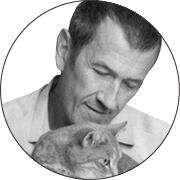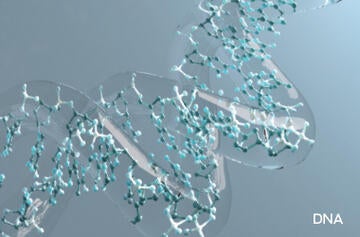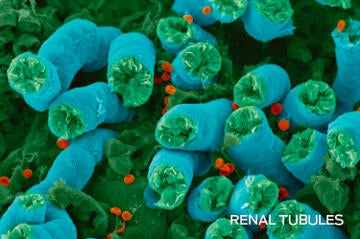THE SCIENCE OF CATS: CHALLENGING PERCEPTIONS. CHANGING THE CONVERSATION.

RETHINKING FEEDING BEHAVIORS
The impact of nutrition on feline health goes beyond simply ensuring cats get the right nutrients they need in the right amounts.
The whole structure of food and feeding behaviors can also influence optimal health.

Raw Meat Structure and Feeding Behavior of Domestic Cats: How Important is Texture in Determining Long-Term Intake?
David G. Thomas PhD, Massey, University School of Agriculture and Environment, Palmerston North, New Zealand
Overview
The domestic cat has retained a daily pattern of food intake similar to its wild ancestors, eating up to 16 small meals per day when fed ad libitum. This presentation describes results from studies on the effect of food texture on feeding behavior and food intake in cats.
Dry Matter, Wet Matter, Does it Matter?
Nick Cave BVSc, MVSc, PhD, DACVN, Massey University Palmerston North, New Zealand
Overview
When consuming dry and wet diets, even with an equal daily total water intake, animals are not physiologically identical, whether diseased or healthy. This is important because the management of several common diseases includes attempts to reduce urine concentration.

Cats Reorganize Their Feeding Behaviors Following a Mild Calorie Restriction
Séverine Ligout PhD, Nestlé Purina Research, Amiens, France
Overview
Calorie restriction is commonly prescribed as part of the dietary management for addressing and/or preventing feline obesity. However, very little scientific information is published about how calorie restriction affects the feeding behavior of cats. This presentation summarizes a study evaluating cats’ feeding behavior when they are no longer allowed ad libitum access to food and offers suggestions about how to work with cats’ natural feeding behavior when caloric intake is restricted.

Can Pet Health Technology Improve Outcomes in a Multi-Cat Household Weight Management Program While Preserving the Human Animal Bond?
Kenneth J. Lambrecht DVM, West Towne Veterinary Center, Madison, WI
Overview
To help veterinarians solve feline obesity treatment and prevention, a pilot study with a “Pet Health Technology Ecosystem,” was tested in-home with 14 cats. This system helped achieve favorable weight loss rates, a lower weight loss program "dropout rate" and cat and pet owner acceptance of home health technology while keeping the human animal bond intact.
This document contains summaries of presentations from the Companion Animal Summit, held May 2-4, 2019 in San Jose, Costa Rica. Please note that these summaries represent overviews of the presentations and may include opinions and research of presenters, which do not necessarily reflect those of the Nestlé Purina Petcare Company.
Produced by the Purina Institute, May, 2019
SPEAKERS

David G. Thomas
PhD
Massey University School of Agriculture and Environment, Palmerston North, New Zealand




Explore other topics discussed this year:

Decoding the feline: genetic similarities and differences
Despite thousands of years of domestication, cats have retained many behaviors inherited from their wild relatives. Understanding cats at the molecular level can help guide the development of optimal health strategies.

Reconsidering the role of phosphorus
Phosphorus is an important nutrient that is involved in many of the metabolic reactions in the body. Understanding the mechanisms that control phosphorus homeostasis in health is important in order to better understand how those mechanisms change in disease.
Related content


